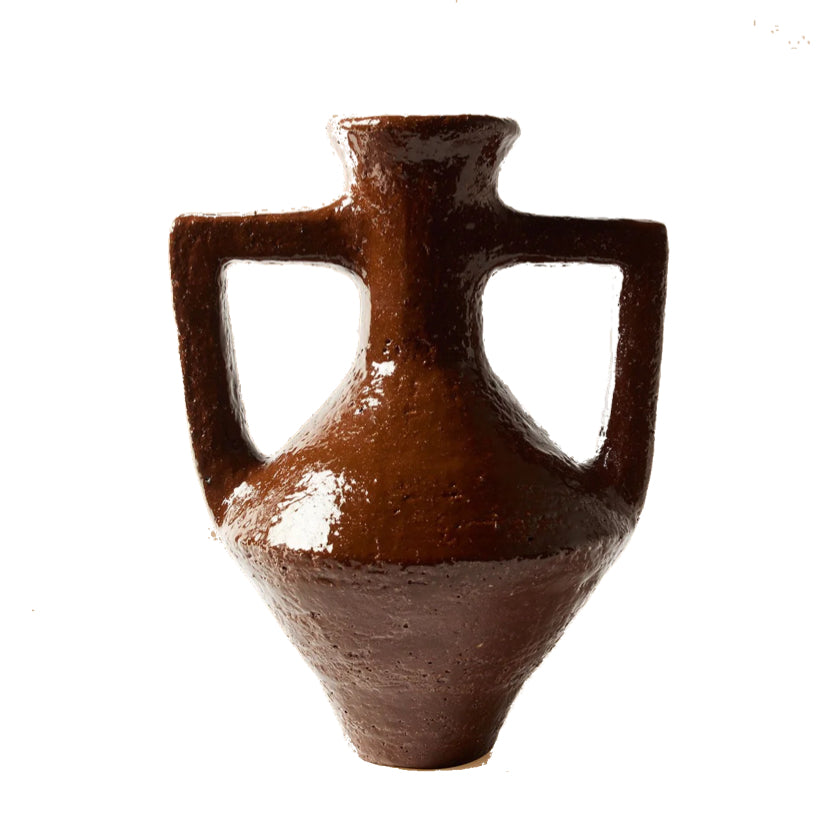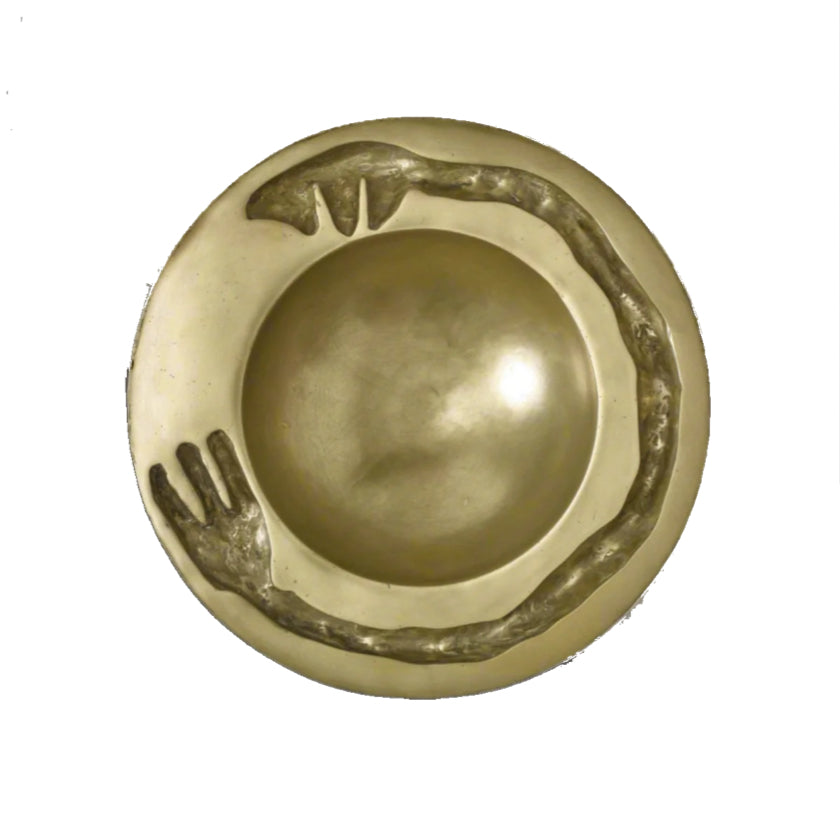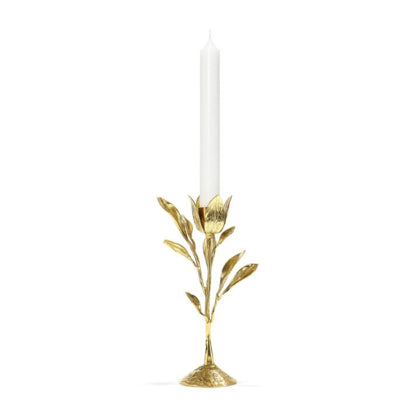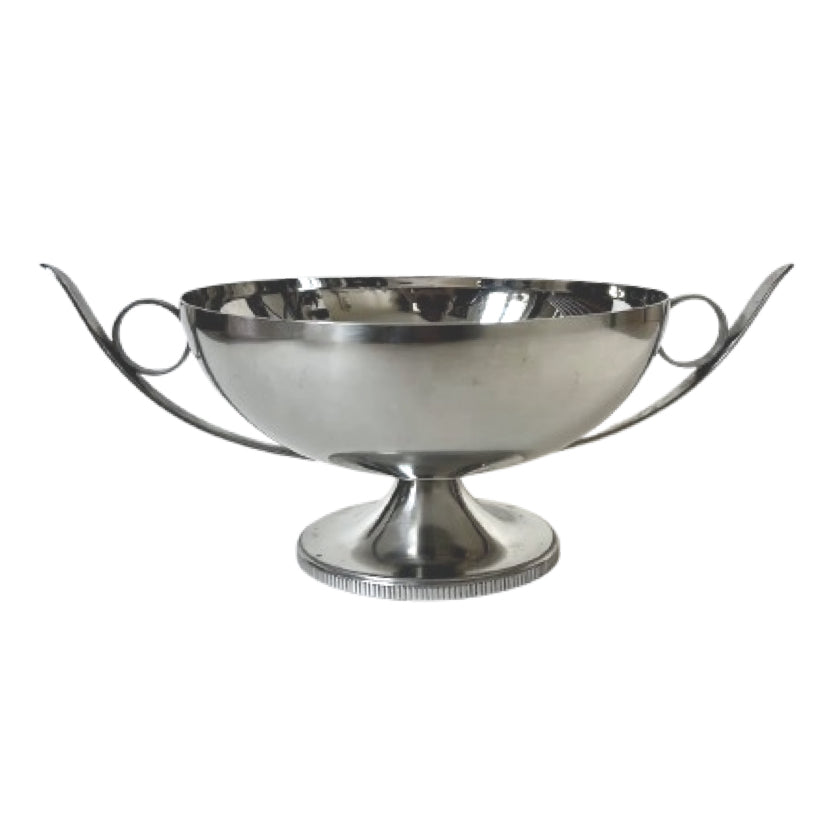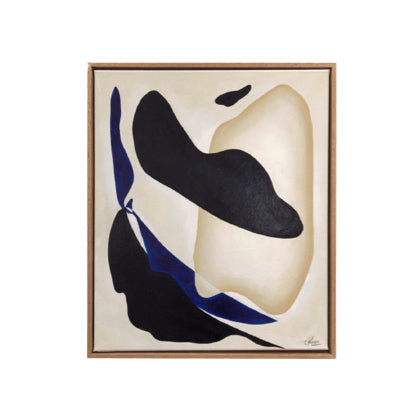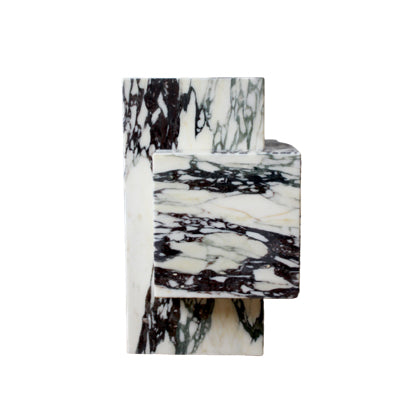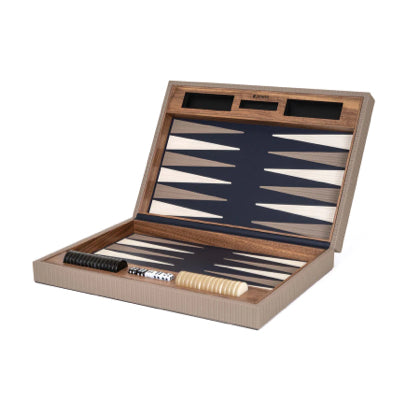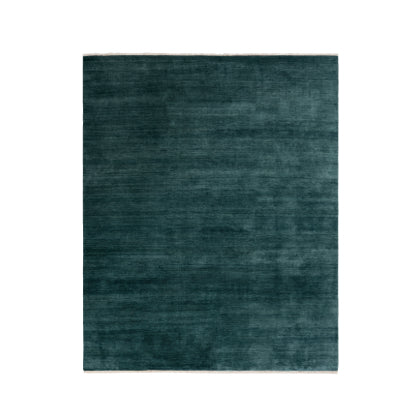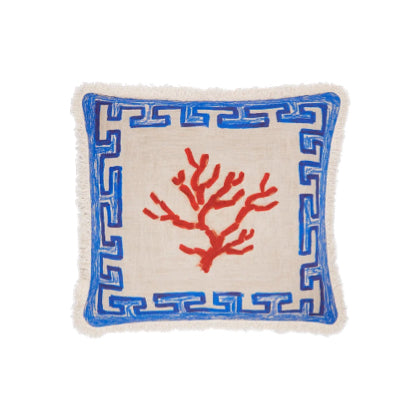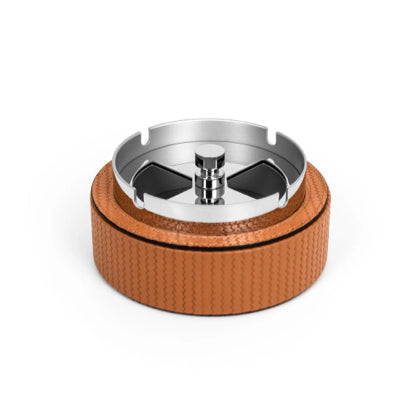Vienna Secession
Understanding the Philosophy Behind the Vienna Secession Movement
This collection serves as a tribute to the artists who dared to challenge the status quo, encouraging future generations to think critically about the role of art in society, much like how our modern home decor reflects contemporary aesthetics.
Our curation highlights the interplay between art and architecture, a hallmark of the Vienna Secession. The movement not only produced striking visual art but also redefined architectural practices, blending form with function in a way that was revolutionary for its time. In this collection, you will find pieces that exemplify this harmonious relationship, where every line and color tells a story of artistic rebellion and liberation.
The significance of the Vienna Secession extends beyond its aesthetic contributions; it also represents a pivotal moment in cultural history. This collection serves as a tribute to the artists who dared to challenge the status quo, encouraging future generations to think critically about the role of art in society. Each artwork is a testament to the enduring influence of this movement, inviting you to reflect on the power of creativity in shaping our world.
The definition of an artistic movement often encompasses a collective response to prevailing styles and ideologies, shaping the way artists express their thoughts and emotions. This movement emerged in late 19th-century Vienna as a reaction against traditional academic art forms. Characterized by a strong emphasis on individual creativity and innovation, this period saw artists pushing boundaries, seeking new mediums and techniques to convey their messages. The resulting aesthetic was a celebration of freedom and originality, laying the groundwork for future avant-garde movements.
In terms of cultural significance, this artistic movement played a pivotal role in redefining the boundaries of art and architecture. It became a platform for artists to showcase their work in a manner that resonated with the changing social landscape of the time. The definition of this movement can also be tied to its most notable figures, such as Gustav Klimt and Otto Wagner, who used their talents to challenge conventions and inspire a generation of creatives. Their contributions not only enriched the local culture but also had a lasting influence on global art.
Creating an engaging and cohesive exhibition within a museum setting requires a thoughtful approach to curation. Each artwork or artifact should not only stand out on its own but also contribute to a larger narrative that resonates with the audience. This involves careful consideration of placement, lighting, and the flow of the space. When curating pieces influenced by historical movements, such as the artistic innovations of the late 19th century, it's vital to highlight the connections between works and their cultural contexts. This allows visitors to appreciate the evolution of ideas and styles, enhancing their experience within the museum.
In addition to aesthetics, the care and conservation of artworks are paramount in a museum environment. Regular maintenance ensures that pieces remain in pristine condition for future generations. It's essential to monitor environmental factors such as temperature, humidity, and light exposure, as these can significantly impact the longevity of artworks. Adopting best practices in preservation not only protects the collection but also enriches the educational mission of the museum, allowing it to serve as a valuable resource for learning and inspiration.
Styling an exhibition to reflect the themes of a specific movement can also enhance the visitor's understanding. Utilizing color palettes, textures, and materials that resonate with the era can create a more immersive environment. Incorporating interactive elements or multimedia displays can further engage the audience, inviting them to delve deeper into the narrative presented. By harmonizing these elements, a museum can create a memorable and impactful experience that leaves a lasting impression on its visitors.

